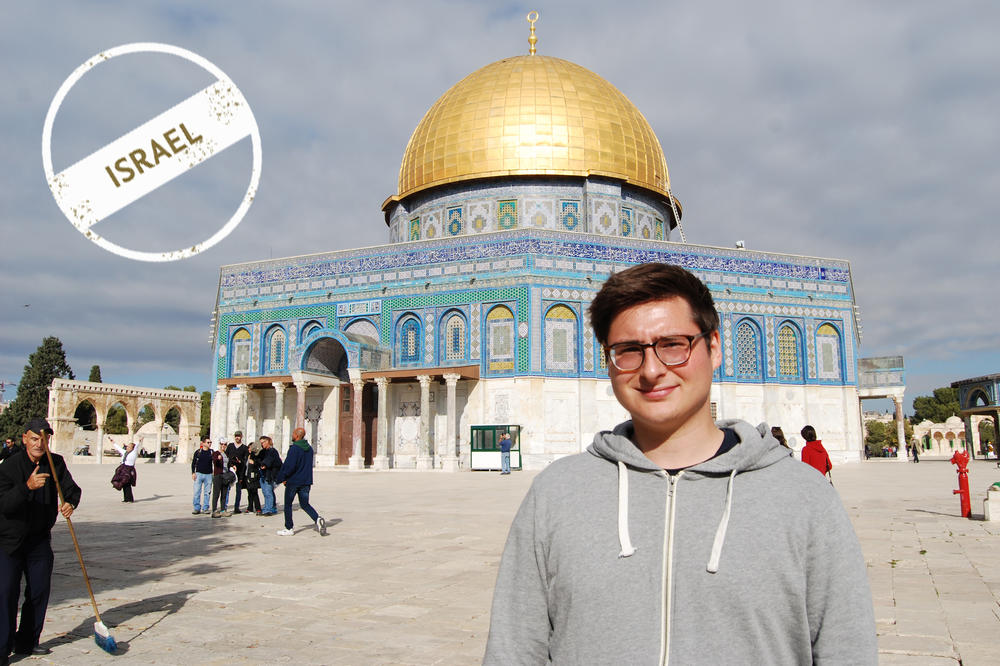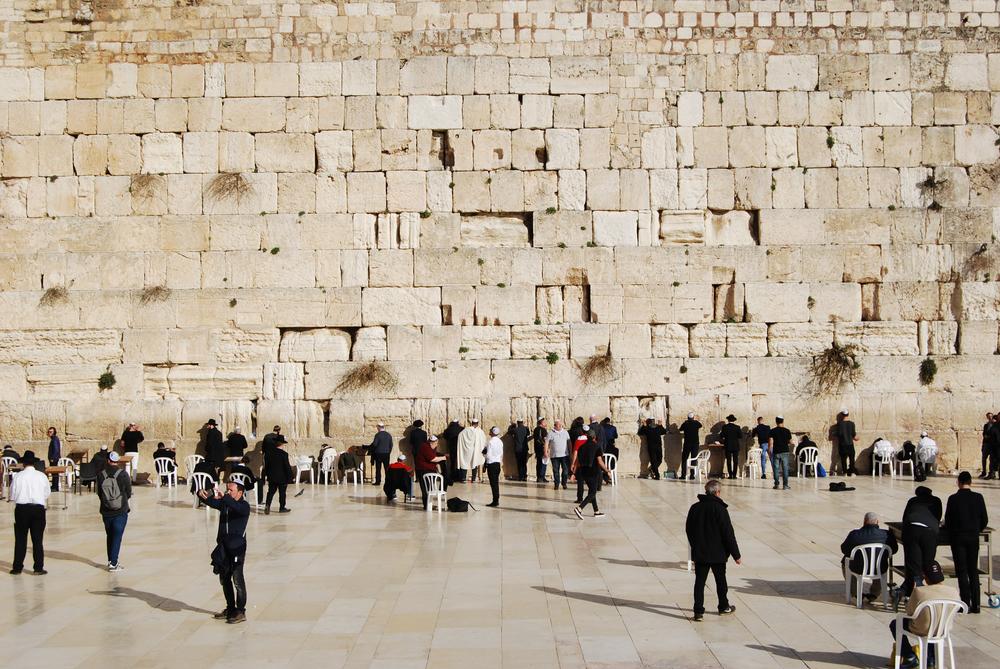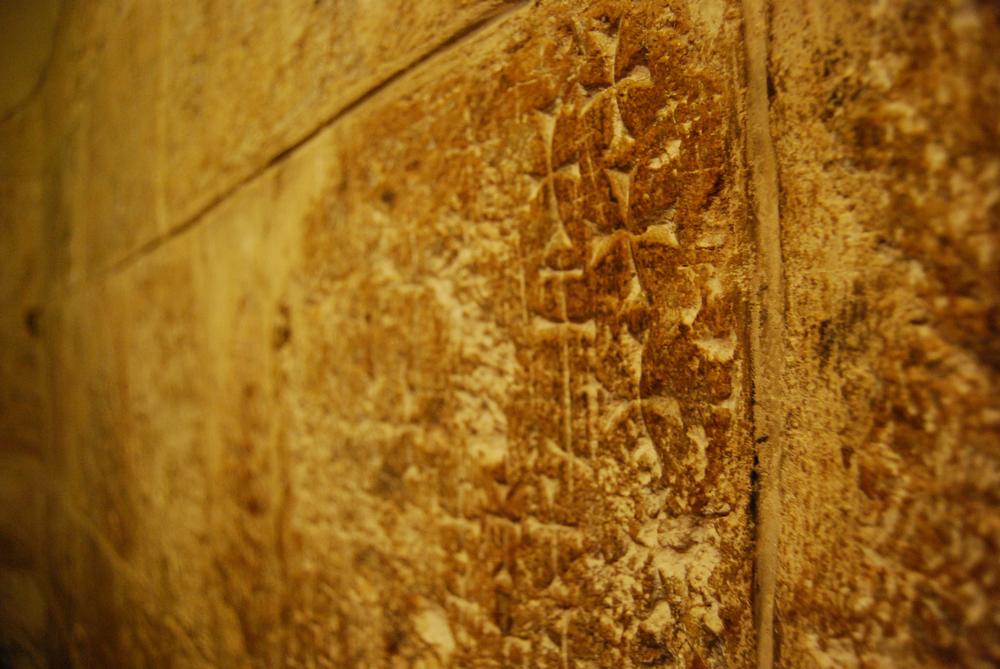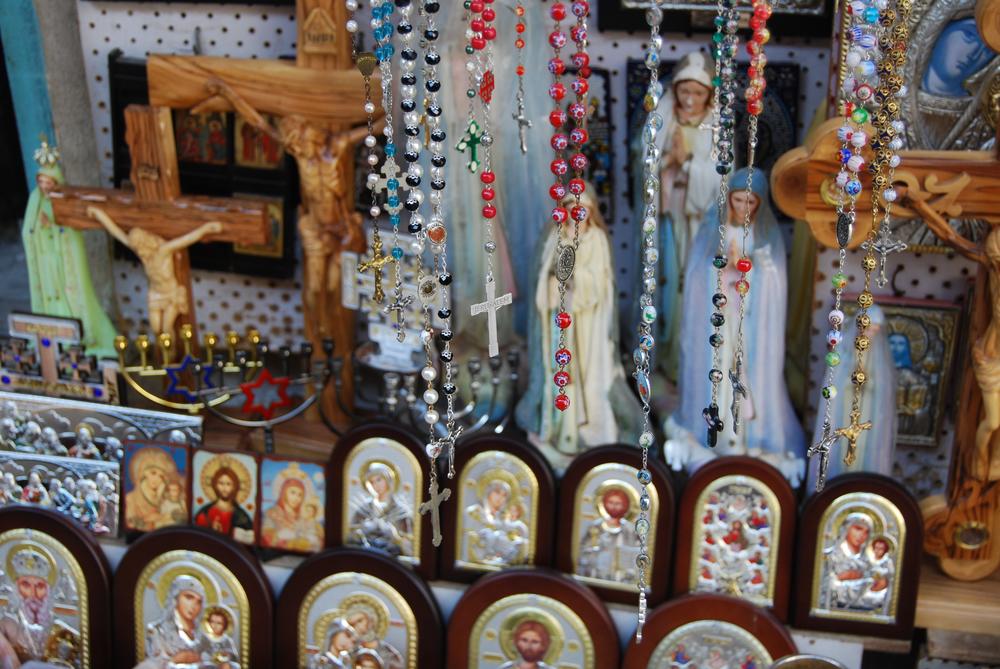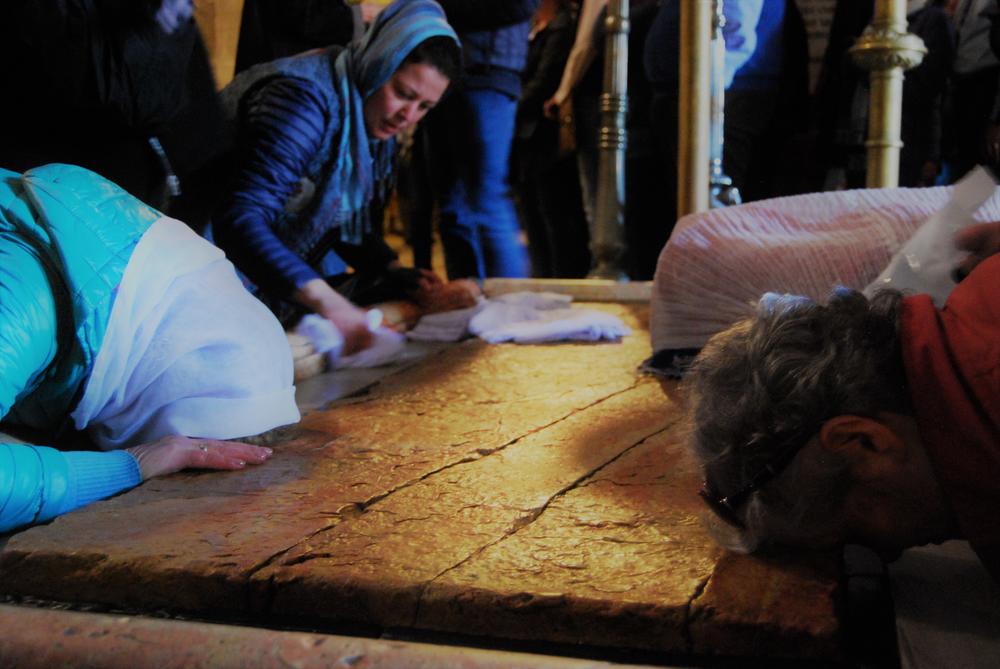Diagnosis: Jerusalem Syndrome
Writing from Israel, Julian Jestadt observes and reflects on the religiosity displayed in the Old City of Jerusalem.
Feb 07, 2020
Julian Jestadt in front of the Dome of the Rock. Inside is a rock from which, according to Muslim tradition, Mohammed is said to have ascended to heaven. For the Jews, it is the place where Abraham was willling to sacrifice his son Isaac.
Image Credit: Private collection
Each year about 100 tourists are admitted to Israeli psychiatric clinics. The diagnosis: Jerusalem syndrome. It is an acute psychotic phase triggered by religious feelings and delusions. Affected people believe to be a character from the Bible – Jesus, King David, Mary, or God herself.
That is not surprising. It is not only the Israeli-Palestinian conflict that overrides everything in Jerusalem, but also the deep religiousness associated with it. Even a completely secular visitor like me can’t help but be affected. However, I don’t consider myself to be the Messiah. Rather, I suffer from a light, but constant tension that ranges between euphoric interest and absolute lack of understanding.
Jews pray at the Wailing Wall, the western wall of the Temple Mount.
Image Credit: Private collection
The walls at the entrance to the Chapel of Saint Helena in the Church of the Holy Sepulchre are covered with crosses that pilgrims have been carving there for centuries.
Image Credit: Private collection
In the Old City of Jerusalem, the holy places of Christians, Muslims, and Jews are packed into just one square kilometer: the Church of the Holy Sepulchre and Via Dolorosa, the Dome of the Rock, and the Al-Aqsa Mosque, and the Western Wall. Churches, mosques, and synagogues can be found on every corner. Practically every excavation has religious significance.
While the muezzin calls for prayer, I encounter travel groups in the narrow and hopelessly crowded alleys of the old town, carrying a cross singing and crying. Orthodox Jews quickly squeeze through their ranks to reach the Wailing Wall. A man with tears in his eyes looks at me as if I were Jesus. I hear the tour guides shouting euphorically, “Jesus fell here for the second time!” And although everyone takes pictures, I don’t really know of what.
You can stock up on all sorts of religious souvenirs in the small shops in Jerusalem’s Old City. Whether crosses, menorahs, or prayer beads – there is something for all three religions.
Image Credit: Private collection
In this religious bustle I think twice – rightly or not – about where I take a picture or light a cigarette. I can hardly keep up with reading everything I’ve seen or heard. I admire the pilgrims who rub their souvenirs over the anointing stone in the Church of the Holy Sepulcher and pray for minutes, if not hours. The next moment the whole thing seems very absurd to me.
Visitors to the Church of the Holy Sepulchre pray at the Stone of Anointing in the entrance area. Some rub their souvenirs over the stone, others kiss it. Jesus is said to have been anointed on the stone after he was removed from the cross.
Image Credit: Private collection
I am told that just as fast as the Jerusalem syndrome comes upon one, it also disappears quickly when you leave Jerusalem. I notice that even when I drive to liberal Tel Aviv, the light but constant tension I sense in Jerusalem fades away. In the city 70 kilometers away, you are in another world – young, tolerant, party-happy, and sexualized. Here I feel liberated.
Further Information
Julian Jestadt is sending us “Letters from Jerusalem” this semester. He is one of eleven students from Freie Universität reporting on their study abroad experiences. All of the letters are here.
Julian Jestadt’s other letters are here.
Here you can find the original German versions of his letters.

